As any aspiring film photographer (or at least, any I can imagine), with time I found my perfectly fine Minolta Srt-101 lacking for some reason. Collector’s syndrome much? Yeah, I guess. Also, I’m super good at getting bored and finding pseudo-inspiration in new gear. Having used and bought a few (but definitely not enough) cameras, I’ve realized, that it is time to make a change not just in terms of a camera (I figured I couldn’t do much better than my recently bought Nikon FA), but in terms of format.
Of course, the initial thought was 120. And it had to be 6×6. So I started geeking up information on Bronicas, Mamiyas, Rolleflexes and all that. After testing a few of those and reading everything I could find, I still couldn’t settle for a single camera. And then the Pen-FV crossed my attention. I never used it, never even seen it or held it, never even shot half-frame before, but a decision has been made. It took me about two days to find a good condition model on e-bay and about a week for it to be shipped to my place. And here goes a funny story about trying to go up from standard 35mm but downshifting to a half-frame instead.
The moment I opened the box and unfolded the endless sheets of bubble wrap, I was holding a solid piece of camera gear in my hand. I’ve never held a Leica, but I imagine it is pretty close feel-wise. Think your Nikon FM2, reduced by 1/3 of its size – that is pretty much the feeling I had the moment I touched my new Olympus Pen-FV.
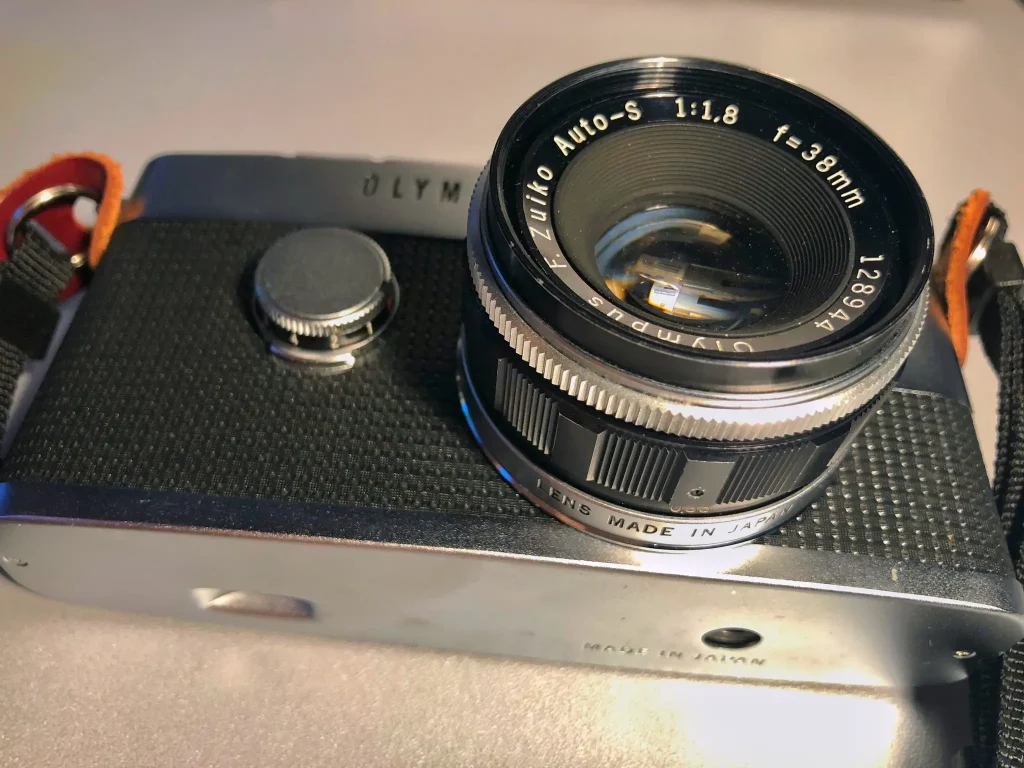
A few weeks back I showed the Olympus Pen-FV to an acquaintance of mine, who is a chief photo reporter in a newspaper, and who also happens to have an Olympus Pen-epl9, the last addition to the mirrorless line, which is based off of the original model. The guy doesn’t have any relation to film photography whatsoever, as a matter of fact, he often picks on me for doing this, but boy, was he impressed. So were some random dudes on the streets, who happen to know a thing or two about cameras, on seeing the Pen-F.
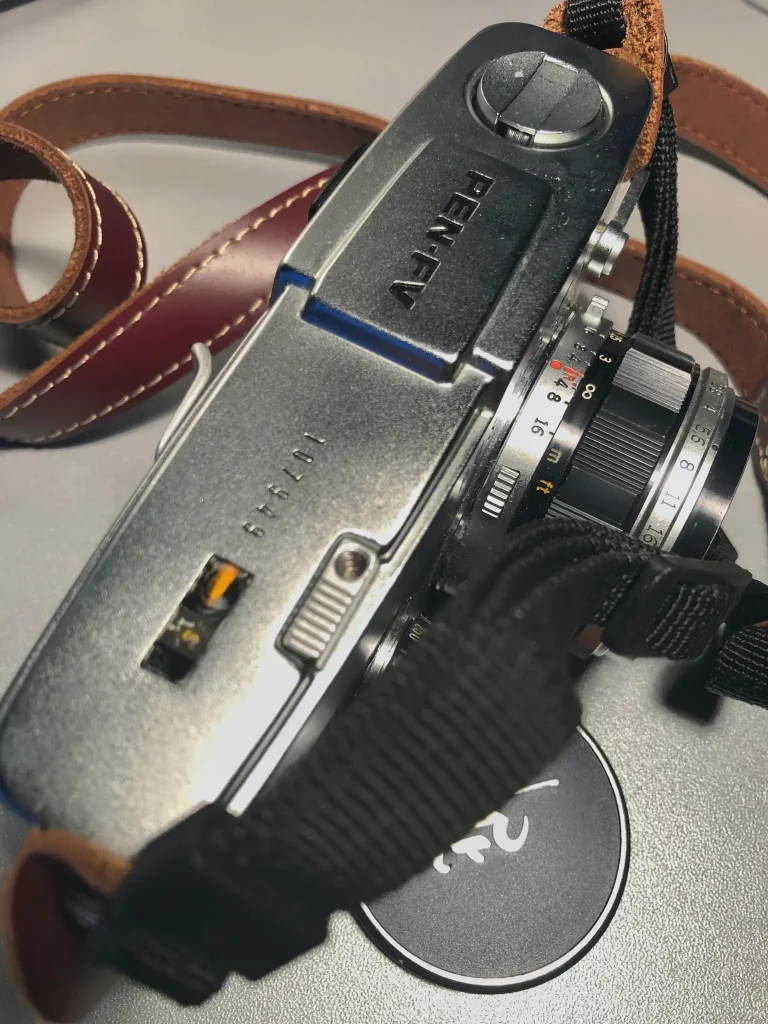
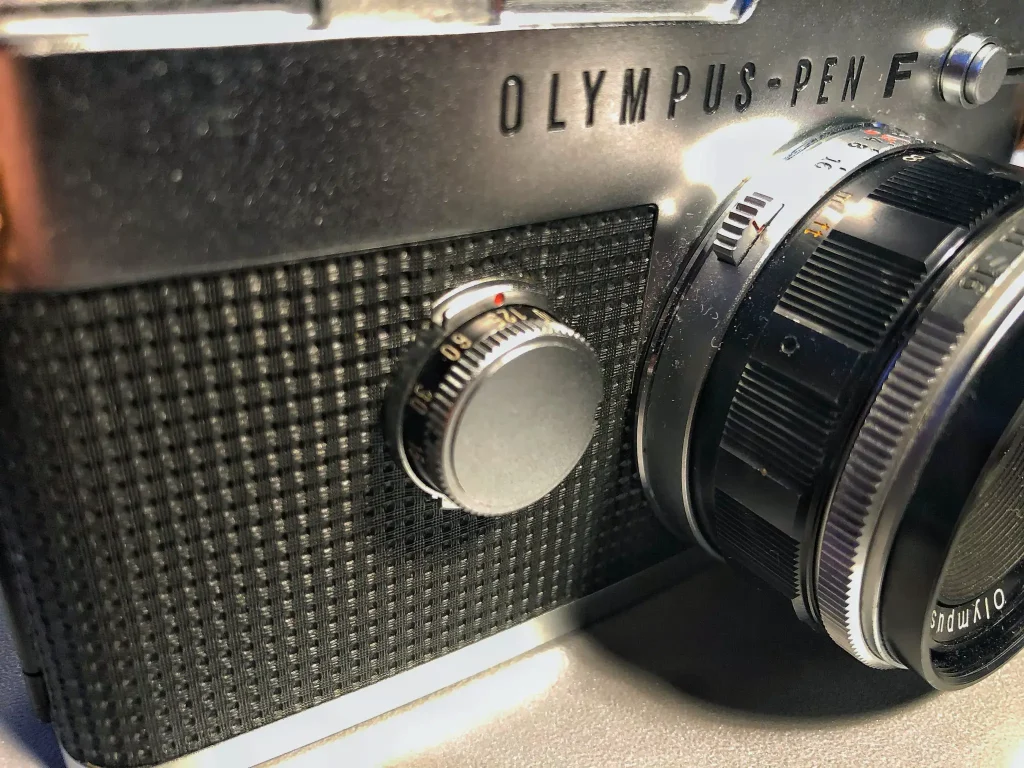
To get the confusion out of the way, the original Olympus Pen was a half-frame, fixed-lens, no focus or scale focus camera, depending on the model. The Pen-F, however, is a true SLR: it utilizes small vertical mirror, an unusual porro-prism and a unique rotary shutter, which is capable of flash-syncing at all speeds. I won’t dig into details on this one, just know, this stuff is pretty awesome. Also, together with the smaller, less slapping mirror, it makes shooting lower speeds easier.
There are also the FT and FV, which have some minor differences. The classic Pen-F is a double-stroke film advance, and can be recognized by the trademark gothic “f”. The FT introduced a meter, a single-stroke lever and a self-timer. The Olympus Pen-FV was the latest model of them all, fully mechanical, single-stroke lever with no light-meter, which was like super quirky in the first place, so no regrets about this one. And then there is also a medical purpose Pen-F, which is practically useless for regular photography, so let it alone and be careful not to purchase it by mistake.
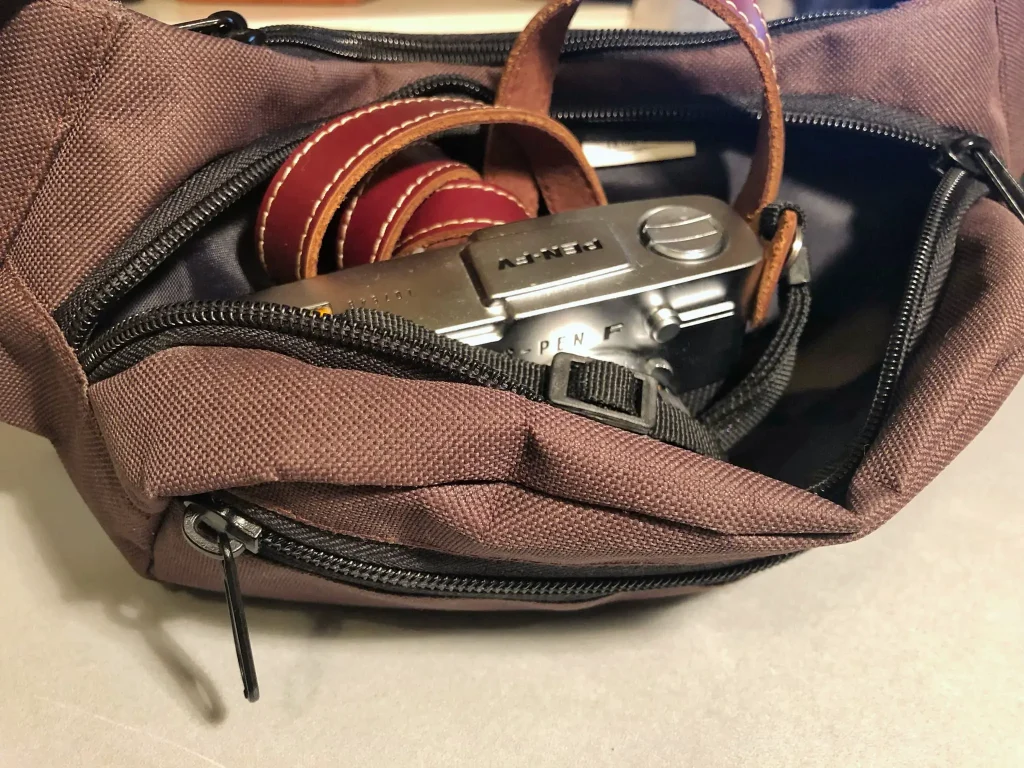
There is just one dial on the camera body – the shutter speed selector (in the FT it is integrated with the ASA dial). The film rewind knob and advance lever are almost hidden inside the camera, so the Olympus Pen-FV body looks smooth like butter. Clicking the speed dial is as satisfying as rotating the aperture ring on the lens (granted your model is in a good condition). The shutter sound is not as quiet as you think such a small camera would have, but is bold, distinctive and satisfying.
The Olympus Pen-FV is small and light – it weights approximately 600 grams (body AND lens), and most of the lens you’ll end up using are not heavier than 160 grams. The lens that’ll probably kit 9 out of 10 Pen-F bodies is the stock 38/1.8, which roughly equals 50mm in full frame. However, Olympus produced an entire line of lens for the Pen-F. A portrait 40/1.4, a “street” wide 25/4, a tele 100/3.5 and more others. Even some zooms. Those are more rare though, and most likely much more expensive. And, probably, more useless.
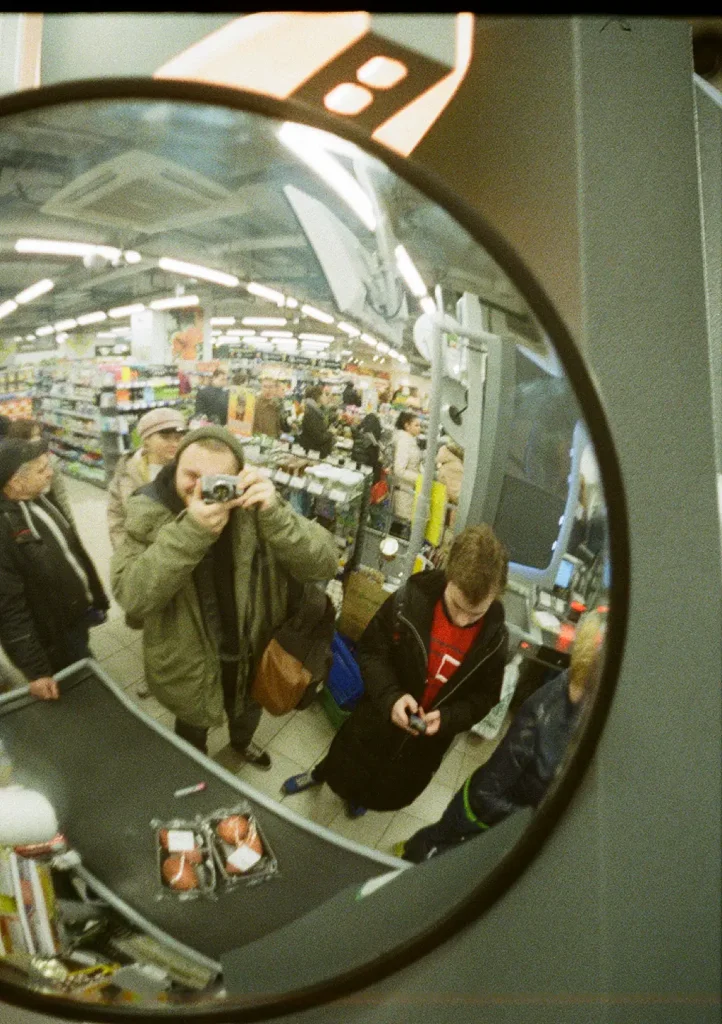
The only flaw, or, I’d rather say, technical difficulty, is the film advance mechanism. I’m not sure, if it is just my copy of the Olympus Pen-FV or not, but sometimes the gear will not advance the film and just rotate on itself. This may lead to some random multiple exposures which by default this camera is not capable of. This made me observe the rewind knob each time I advance the film – so I’d know if the mechanism is actually pulling it or not. The same issue makes loading the film difficult sometimes.
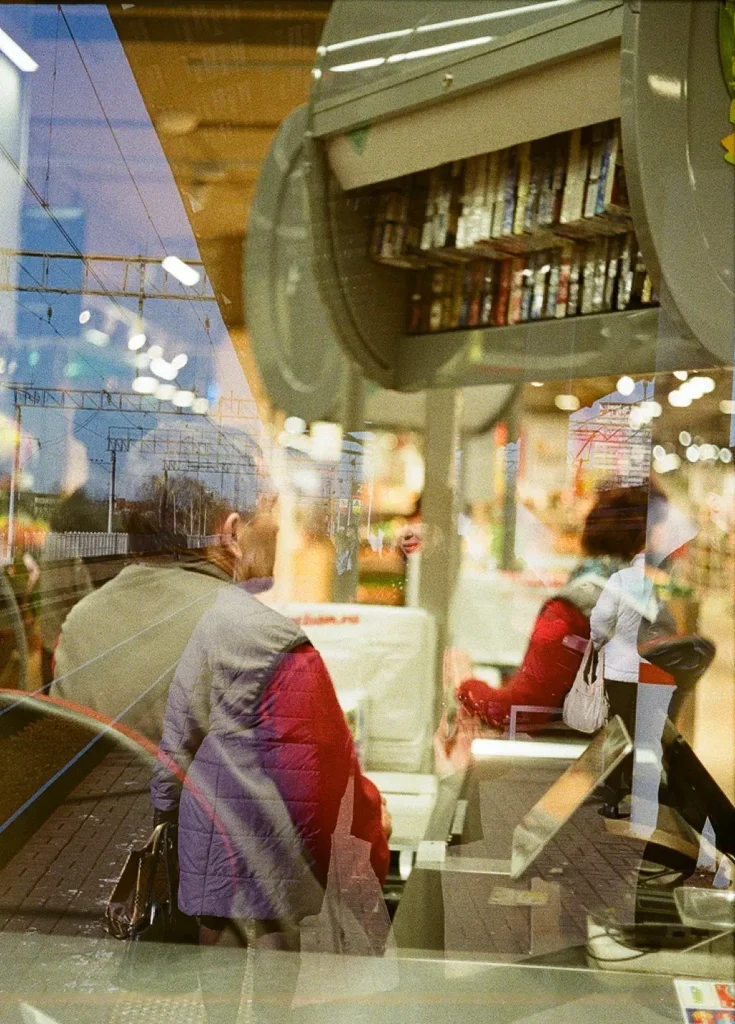
The Olympus Pen-FV’s shutter speeds only go up to 1/500th of a second, so make sure to bring a lower ISO film, when it is super sunny outside – which is the case these days, most of the time. Depending on where you live or travel, of course. And speaking of travel – the Olympus Pen-F might be a close to perfect camera for this occasion. Remember that it is a half-frame camera? This means, it can fit double the amount of pictures on any given roll of film. Which comes with a drawback: of course, it’s gotta be the larger grain.
However, with modern scanning methods, this should not be that much of a problem: I got all my photos scanned in a regular 10×15, which practically means 10×8 each in half frame, and they are perfectly fine for uploading them online or viewing on my desktop or phone or whatever – I don’t see this to be a proper limitation – it is just a matter of quality scanning. Also the 72-frame capability changes your mindset. As opposed to 10-ish frames in a medium format camera, where you have to think each shot through, with the Pen-F you stop thinking and start burning through your seemly infinite rolls. And I can’t really say it’s a bad thing. It lets you focus more on the moment, in a sense.

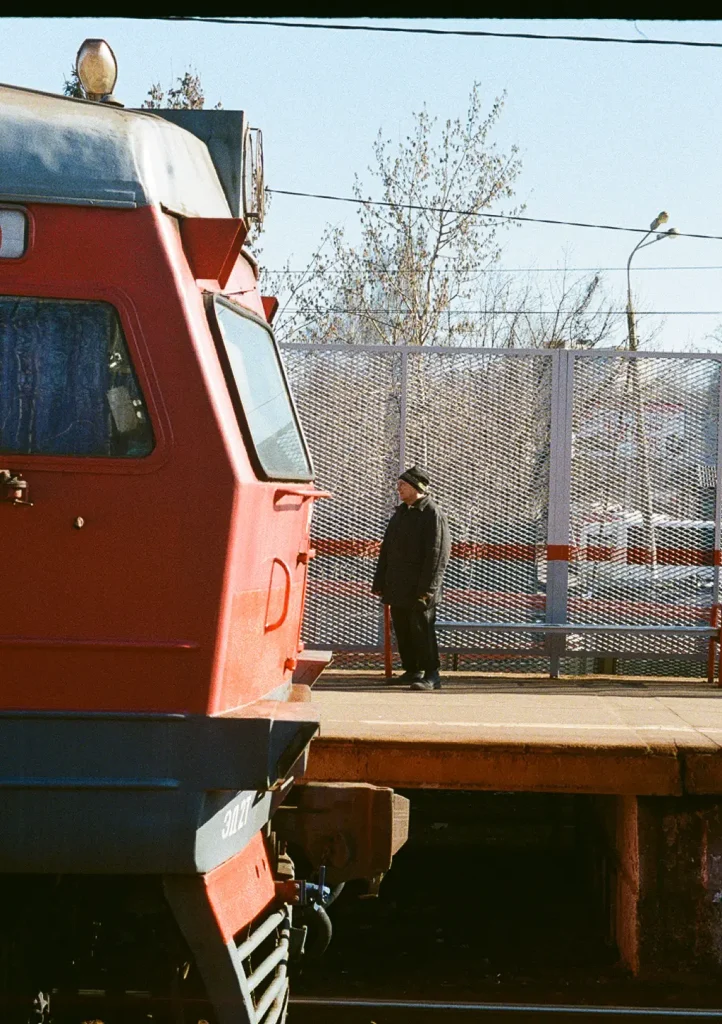
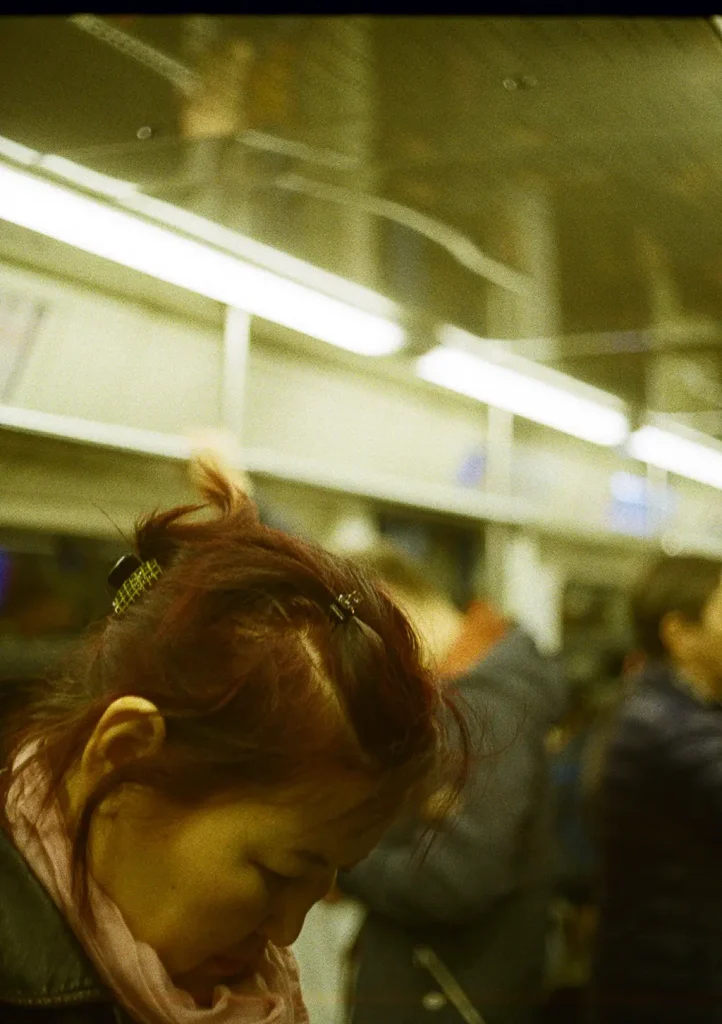
The turning point in the Olympus Pen-FV, at least for me, or at least the reason I bought it, is the vertical format. Of course, one can say that you can just turn your usual SLR to “portrait” orientation, but you know it is not the same. You start seeing things in vertical, which should not be that difficult to get used to in the age of Smartphone photography, insta stories and all that. All the vertical leading lines, buildings, silhouettes start to stand out for you. Well, at least they did for me. From the 200+ images I took with this camera, I only thought about turning it to “normal” orientation maybe 10 times or so. You can also shoot diptychs, triptychs, panoramas etc. etc…. A lot has been said and written about this. I can’t say I made too much use of this though. Well, at least just yet.
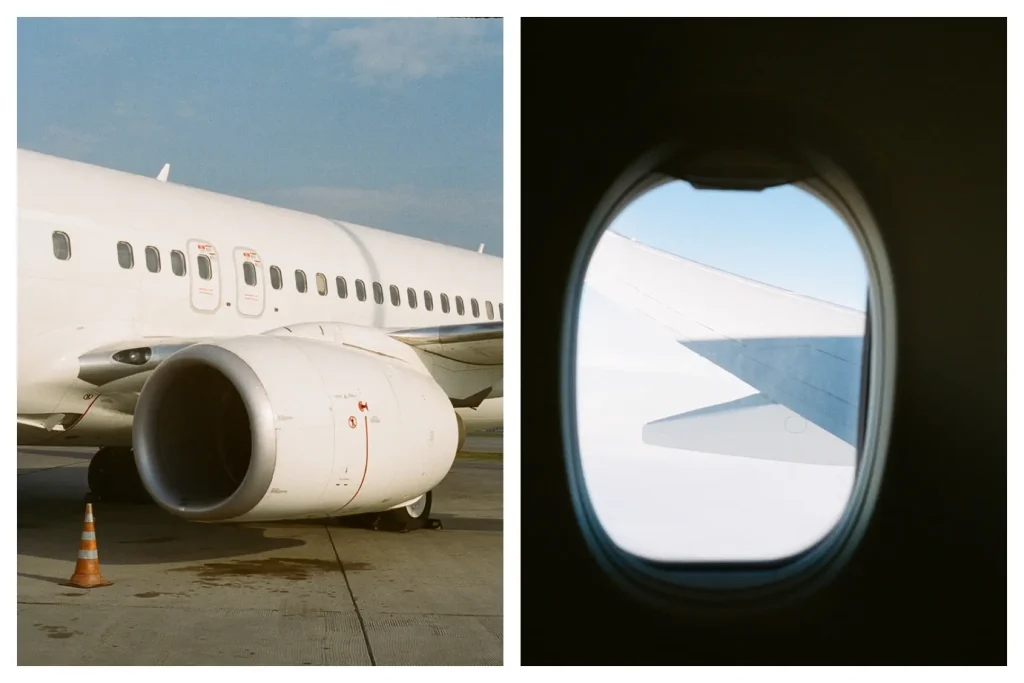
After shooting a test roll, I took the Olympus Pen-FV on a weekend trip to Krasnodar – a southern Russian city, where I’ve been brought by my passion for football, hot weather and shawarma-like stuffed pancakes. It was the perfect candidate camera – since my Nikon is too heavy to bring along, and I can’t really take my Canon Autoboy seriously. I also shot the same city with my Minolta Srt-101 last year, so it was interesting to compare.
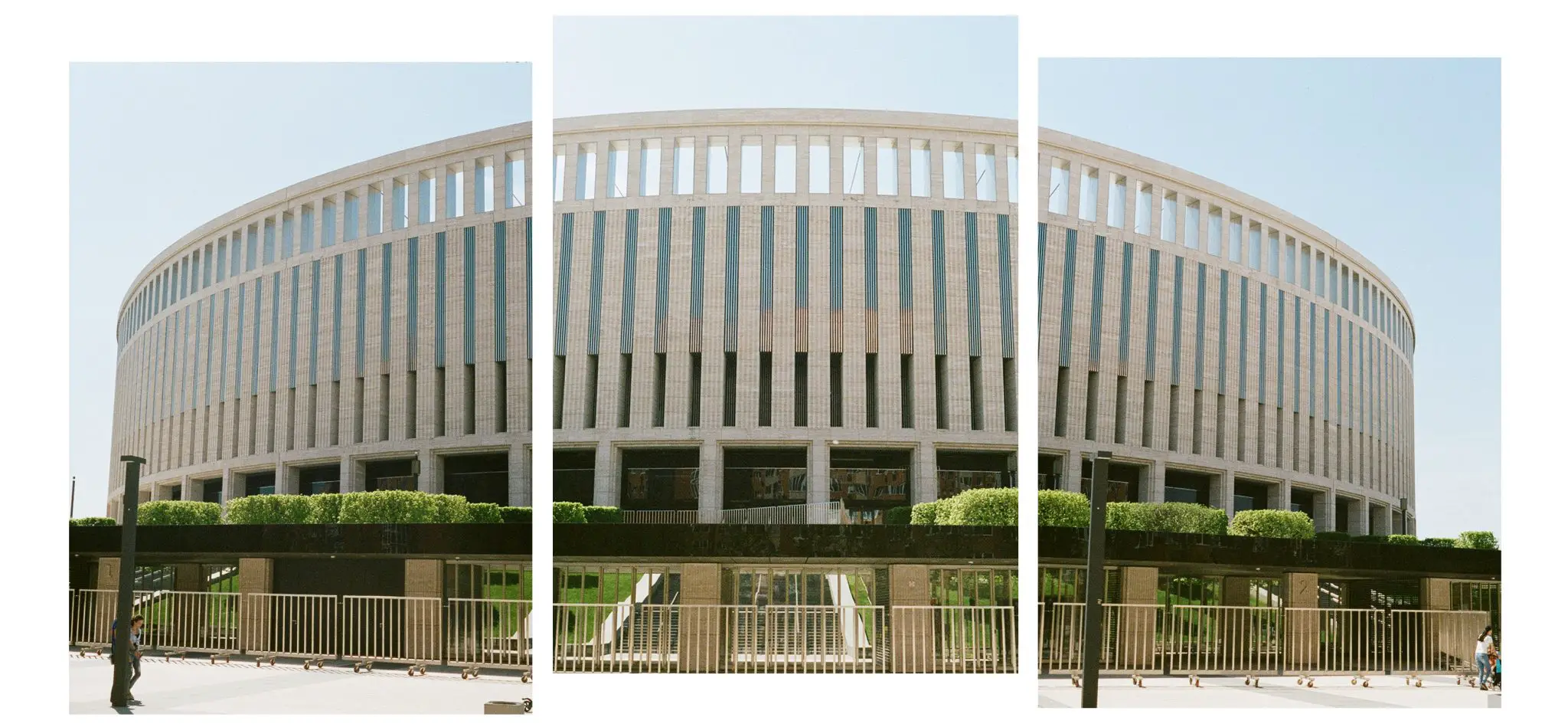
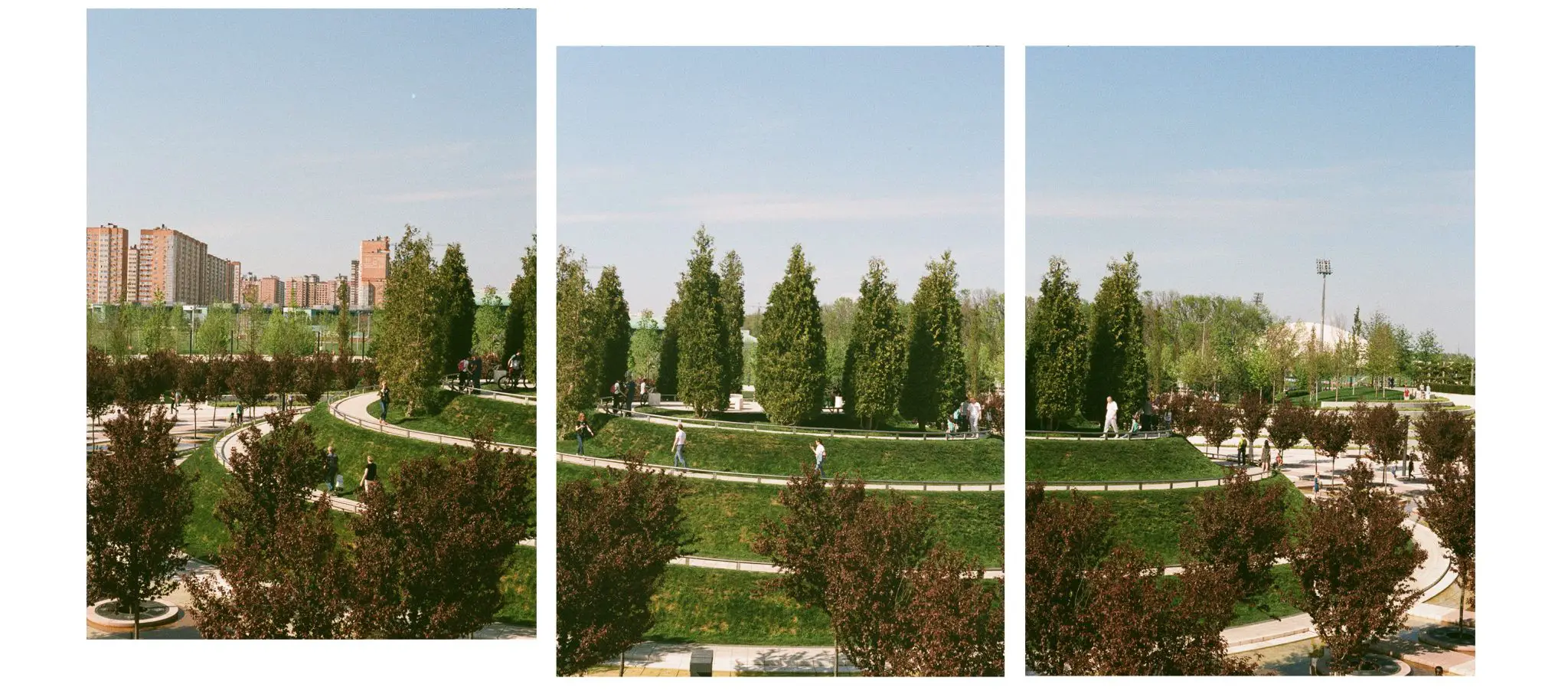

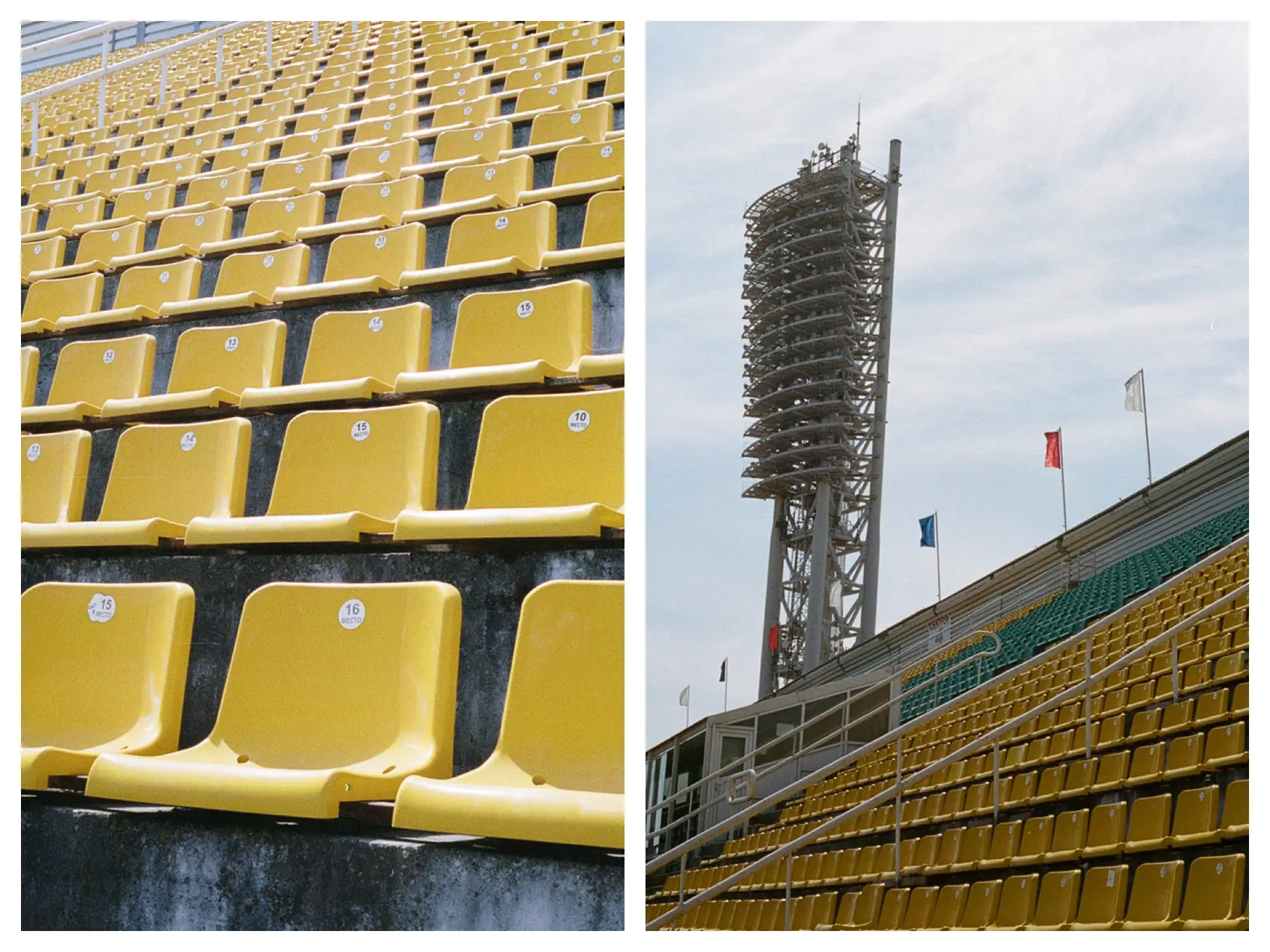
I realized my first mistake the morning after arrival. On my way to the airport the day before I loaded the Olympus Pen-FV with a roll of Portra 400. Obviously, that was too fast for the bright southern sun, which can give you sunglasses tan lines in a few hours. So most of my pictures were shot at f/16, 1/500th, and at times I was really worried they might be overexposed. This, however, can be used to your advantage: just close up the aperture, and turn your Pen-F into a scale-focus beast.
I am also used to shoot 35mm lens on my “full frame” camera, but in this case the 38mm (which roughly equals 50mm) felt very natural. The Pen-FV is extremely light. Maybe 300-ish grams don’t seem like a big difference between a Pen and a regular SLR, but they are. I am sure, that anyone who had ever walked for 15 kilometers (or 9 miles for the non-metric dudes out there) with a backpack will understand this. And it rests nicely on your neck, without pulling down on it too much. Also, this makes it quite easy to just bring it along everywhere you go. It can even fit in a moderately sized fanny pack, so just grab it and fire away any time you see fit.
The lens for this system is super nice. The trademark Zuiko sharpness and colors are present, and it feels like sometimes it produces even more contrasty images than my Nikkors. By the way, guess what, you can fit a Nikkor on a Pen-F, if you manage to get a hold of the right adapter. So far I couldn’t find one, but I don’t see it as a necessity. The depth of field is a less shallow one, since the frame is smaller, but you still can get some decent and even background blur (I can’t really call it a “bokeh”, since I haven’t tested it out extensively, and who the hell really needs it these days), and I imagine you could have even more of it if you get a hold of the 40/1.4 lens.
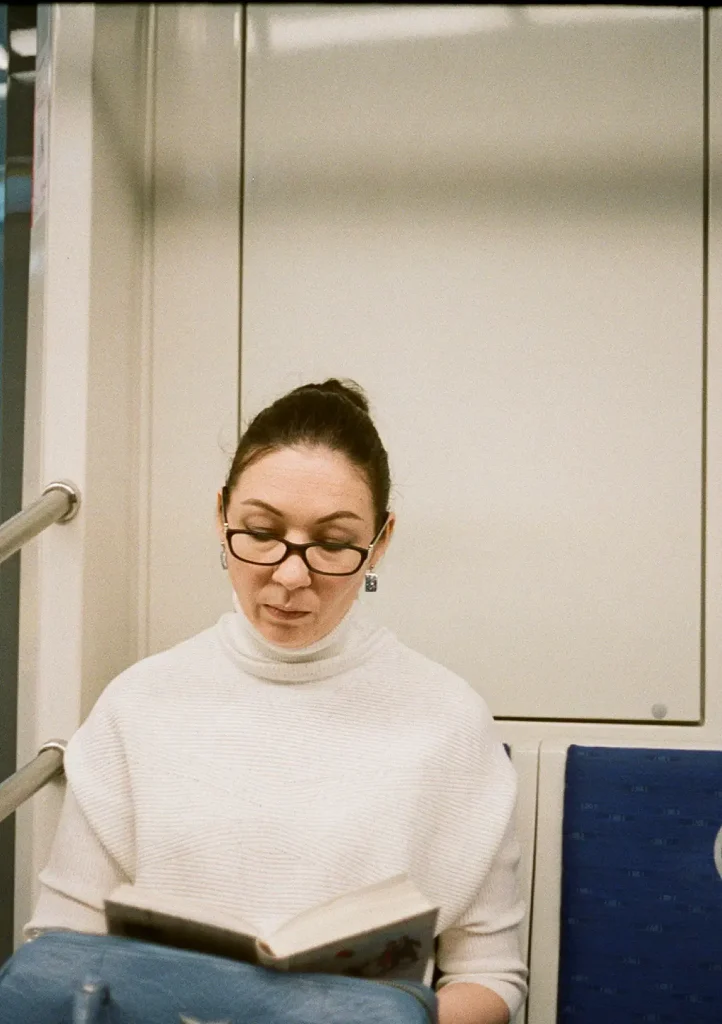

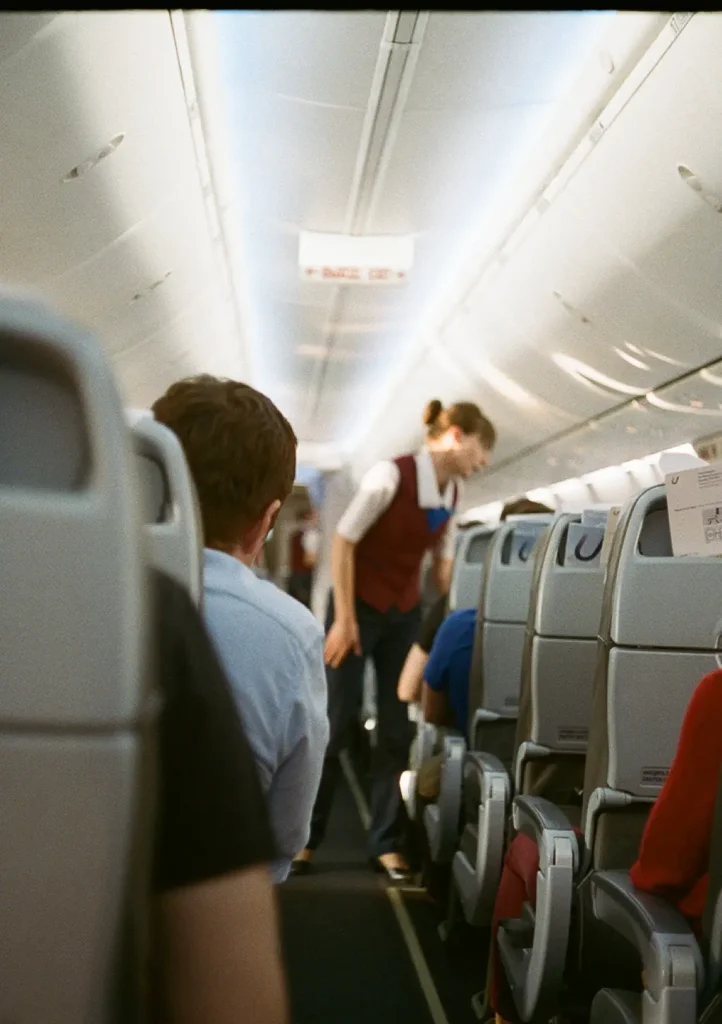
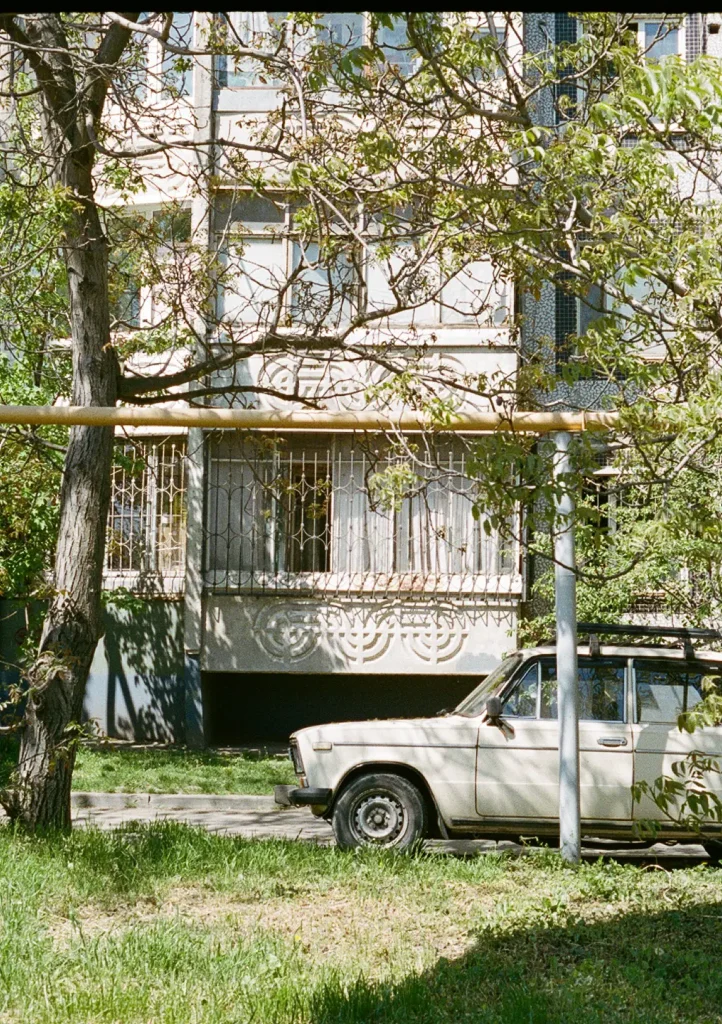


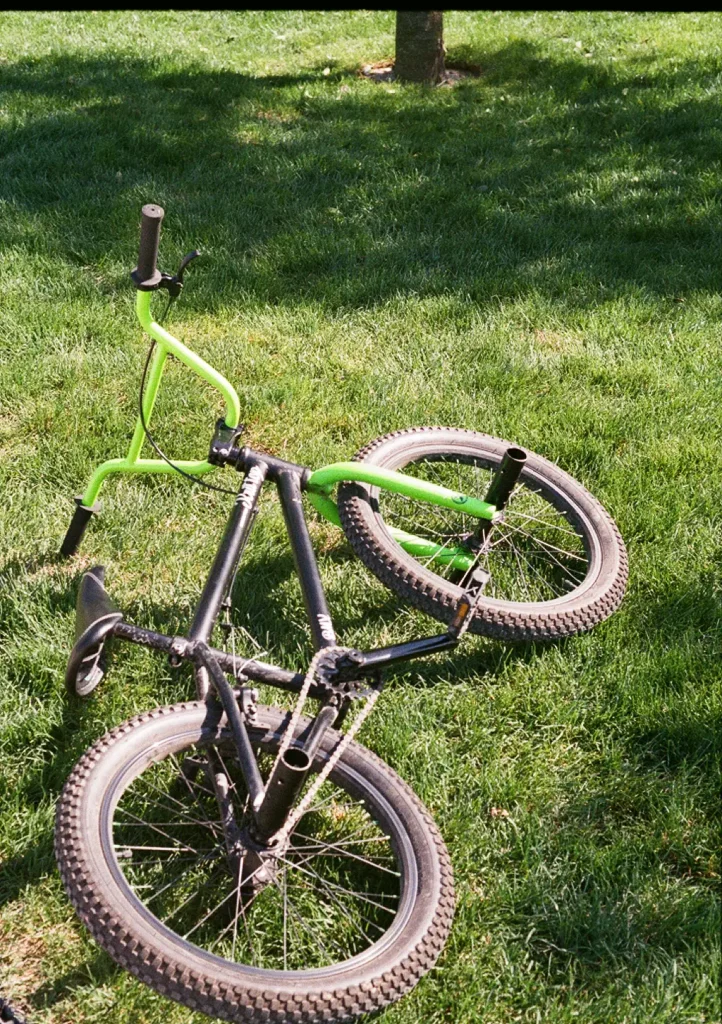
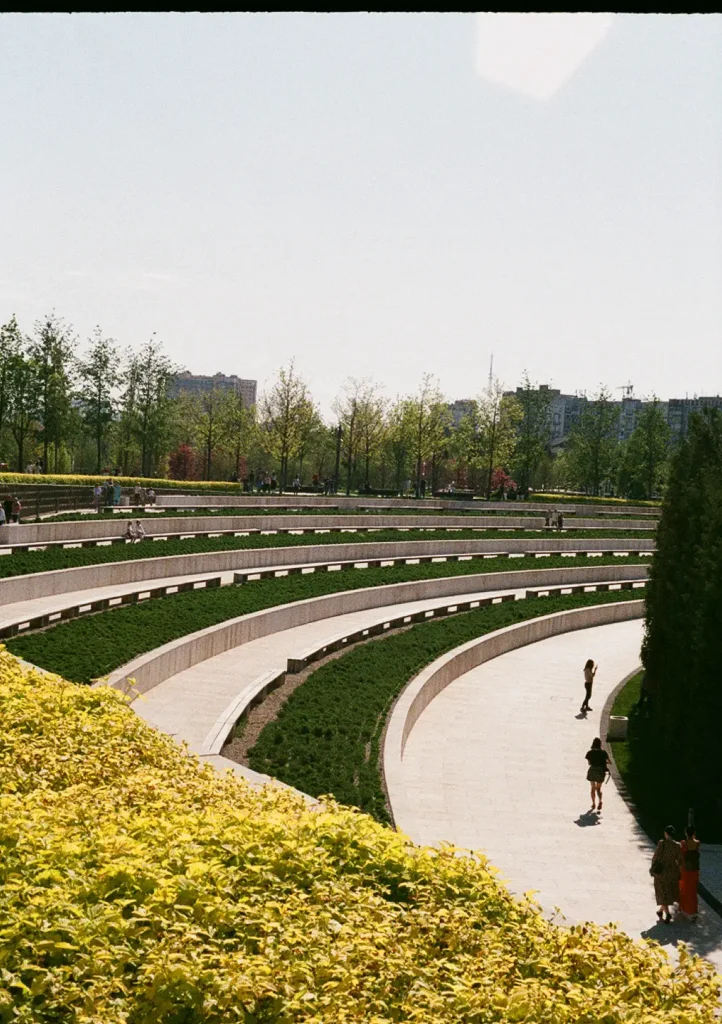


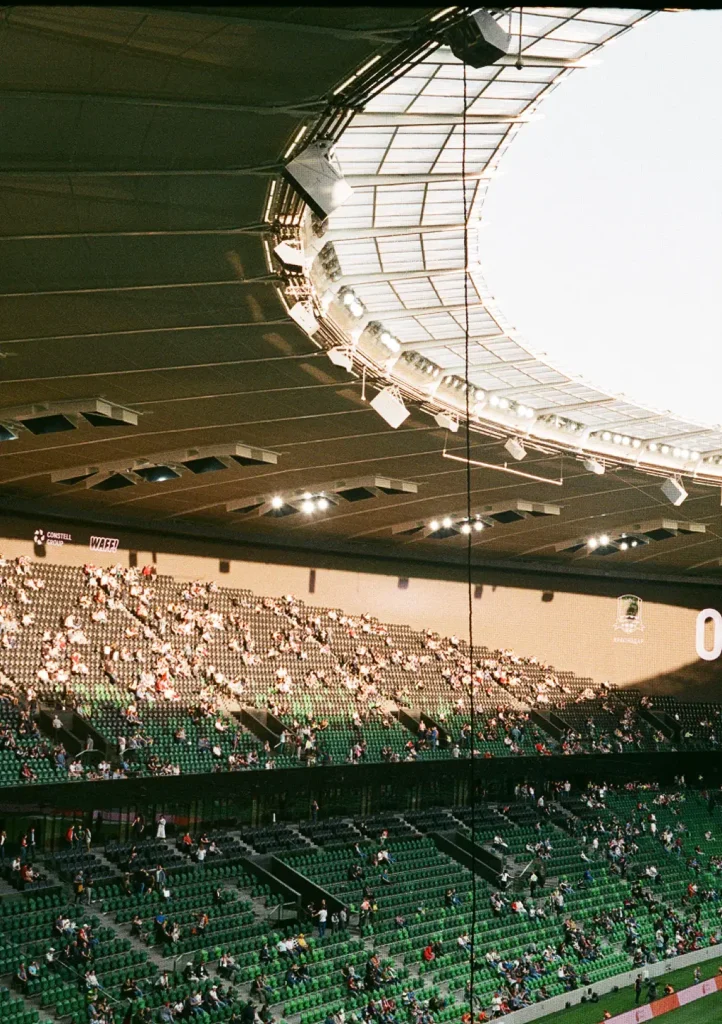
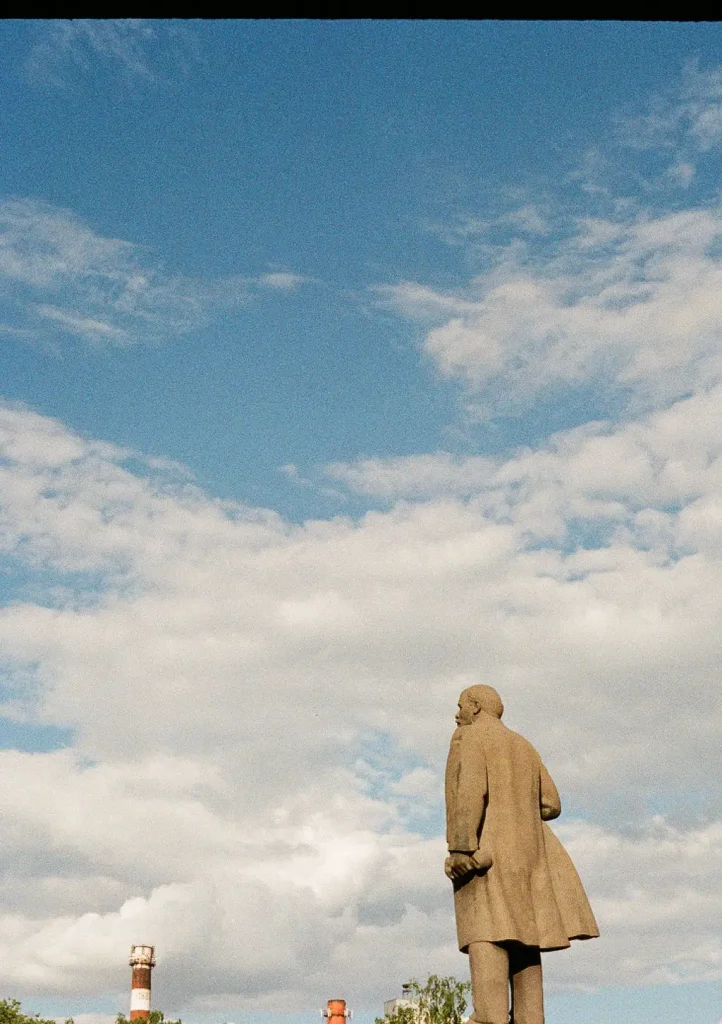


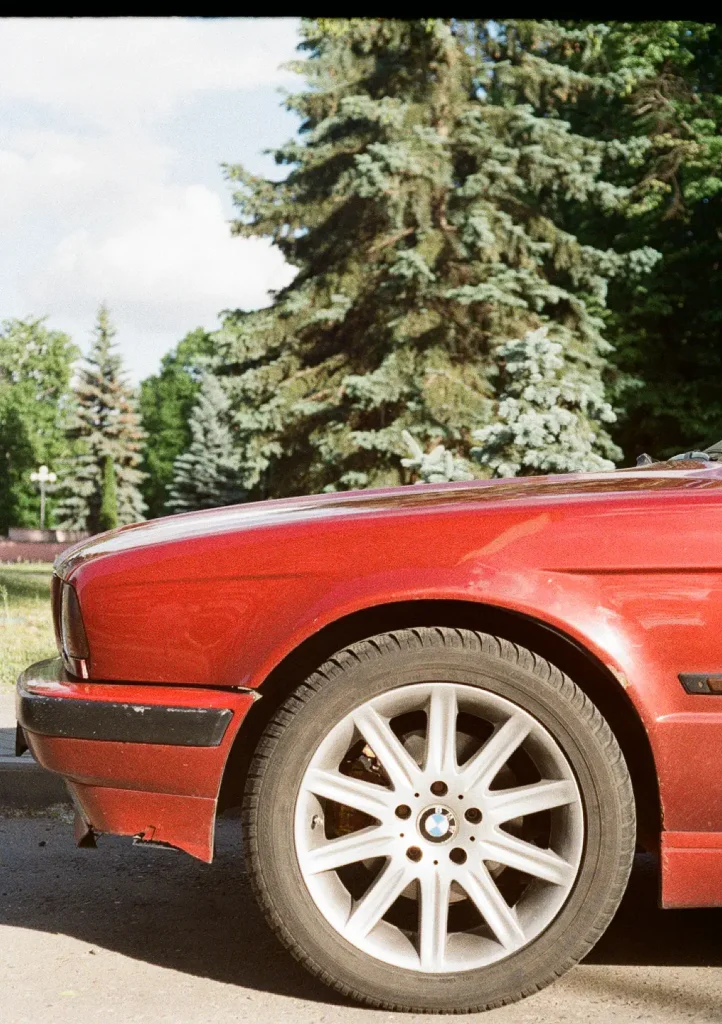
For now, I can’t say, if the Olympus Pen-FV is a keeper for me, I still might swap it for a decent 6×6 camera. But still, the Pen-F is an experience highly recommended. You can get a decent model on eBay for no more than 200 bucks, and if experimenting with formats is your thing, I encourage you to get one.
P.S.: there is a cult following around half-frame cameras, so to get some inspiration and just see what these cameras can produce – visit @halfframeclub on the insta.
And also visit my insta – @outta__focus. Peace out
Share this post:









Comments
Julian on Olympus Pen-FV review – Less is more (literally) – By Tim Lebedin
Comment posted: 02/08/2019
Gorpalm on Olympus Pen-FV review – Less is more (literally) – By Tim Lebedin
Comment posted: 02/08/2019
Marcelo Paniagua on Olympus Pen-FV review – Less is more (literally) – By Tim Lebedin
Comment posted: 02/08/2019
Goef on Olympus Pen-FV review – Less is more (literally) – By Tim Lebedin
Comment posted: 03/08/2019
So three rolls? :-)
These always seem like neat cameras, but 72 exposures is a dealbreaker for me. I hate 36 exposure because it takes forever to finish. One of the reasons I love medium format (along with all the other reasons) is I can finish a roll in a single outing. For a default portrait camera, I’d probably try out one of the Fuji GA cameras. They’re not as small, and definitely not as pretty, but 15/16 (not sure how many frames they get on a roll) is a good number of frames.
Marco on Olympus Pen-FV review – Less is more (literally) – By Tim Lebedin
Comment posted: 03/08/2019
J Brooke Willson on Olympus Pen-FV review – Less is more (literally) – By Tim Lebedin
Comment posted: 03/08/2019
Comment posted: 03/08/2019
Leon Fourie on Olympus Pen-FV review – Less is more (literally) – By Tim Lebedin
Comment posted: 05/08/2019